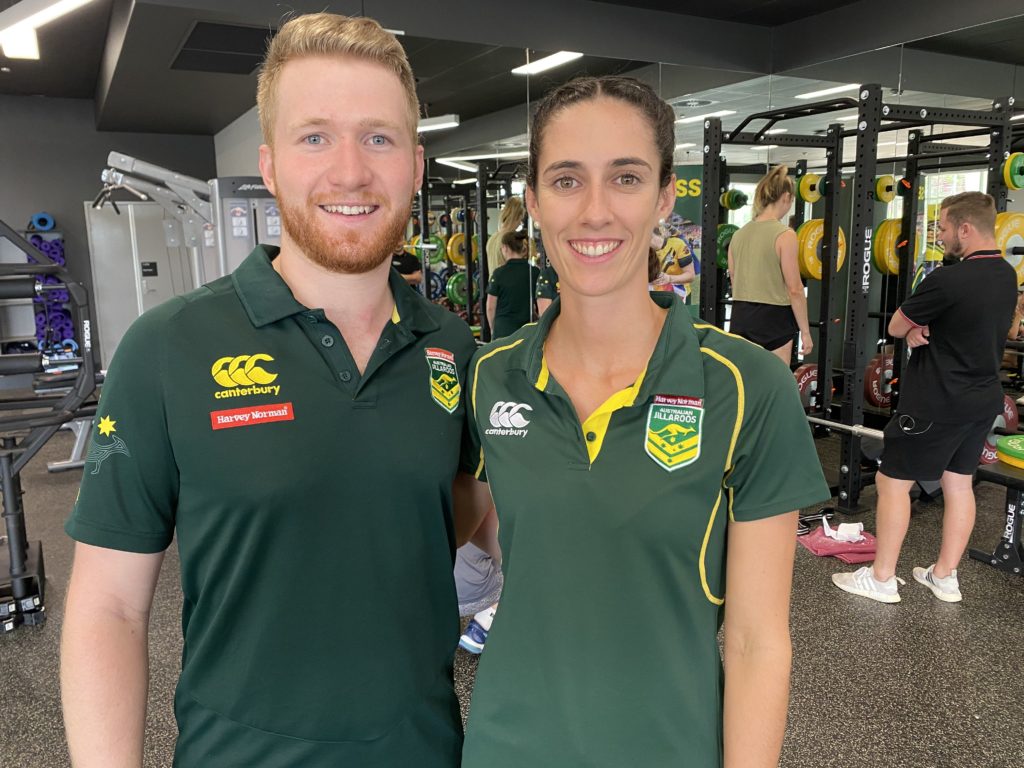Australia’s best female rugby league players are partnering with Griffith sports scientists to improve their performance on the field.
Using cutting-edge biometric equipment in the new Griffith University Strength Lab, the NRL Jillaroos are receiving the highest quality data for their 2021 Women’s Rugby World Cup preparation says Associate Professor Clare Minahan from Griffith’s School of Allied Health Sciences.
“I think it is really special to be able to help these incredibly elite women,’’ she said.
“We’ve done quite a bit of research on the game demands of women’s rugby league and injury prevention, so it’s more than just providing a service. We are collaborating on sports science research across a number of areas.
“The physiology and physical characteristics of these women has changed over the past 10 years as more elite athletes play the game. Our research is helping move the game forward at all levels and we want to help the NRL Jillaroos reach their potential,” Associate Professor Minahan said.
NRL Jillaroos partnership creates research opportunities for PhD students

(L-R) Griffith PhD candidate and Jillaroos Data Analyst Tim Newans with PhD candidate and Jillaroos Sports Scientist Karlee Quinn.
Griffith PhD candidates Karlee Quinn and Tim Newans are employed by the NRL Jillaroos to coordinate testing and provide analysis. Together they’re helping the team pioneer research into the health of women athletes.
“We have learnt a lot from the people Clare connected us with from the start. What we’ve been able to do together over the past couple of years has been phenomenal,” Jillaroos coach Brad Donald said.
“Understanding the effect of menstrual cycles and oral contraceptives on women’s performance would not have happened without Ms Quinn’s research.
“We’ve also had Tim Newans provide analysis of injuries, game loads, intensity and that’s never been done before in the game. Without Griffith’s support, we would have never had those things happen.”
Ms Quinn says improving knowledge about elite rugby league players also improves pathways for the next generation of girls and young women.
“We’re providing benchmarks for the next generation of players. It gives them goals to aspire and work towards. Grassroots rugby league players around Australia will benefit from this new knowledge, able to reach an elite level quickly and safely.”
